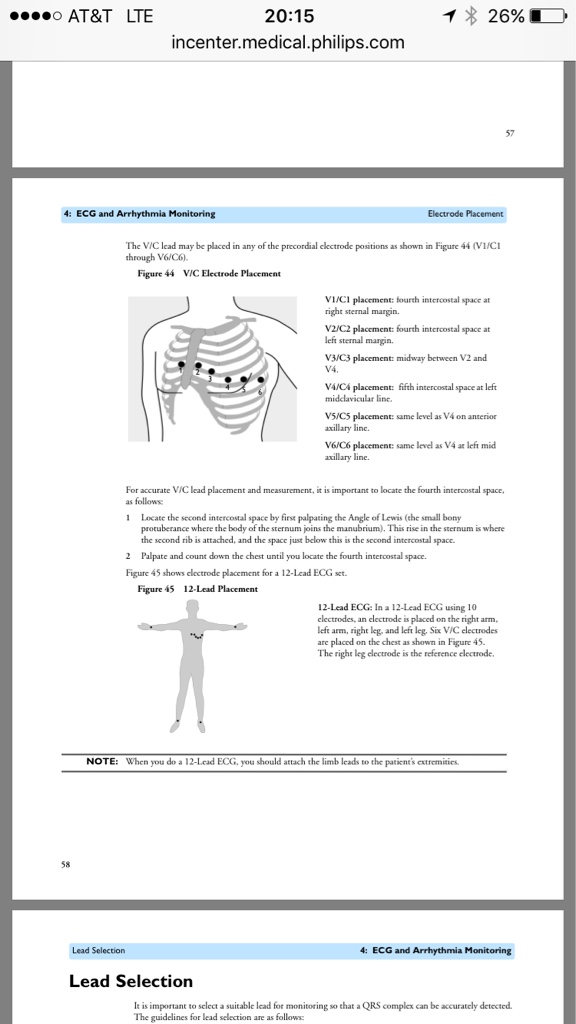OKparamurse
Murse 'n medic
- 63
- 2
- 8
So I had a first last night, I had a mid-50s male pt who had a GI bleed and was being transferred to a larger facility approx. an hour and a half away. Long story short, he had 500cc of blood hanging infusing at a rate of 150cc/hr. From report from the nurses, the blood had been infusing for about 20 minutes prior to the transfer. Well I put him on the monitor and I get one of the absolute weirdest tracings I've ever seen. I could only describe it was an irregular polymorphic v-tach. He would go into runs of it for maybe 5 or 6 seconds, return to his baseline (A-fib RVR @ 120s), and then go into another run roughly 20 seconds later. This continued for probably 30 minutes, and then he remained in A-fib with no PVCs or unusual runs for the rest of the trip. No hx of such from sending facility. No complaints of pain or discomfort during that time. Anyone else seen anything like this before?



